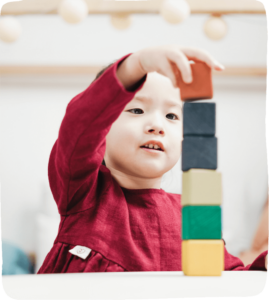
Wooden Blocks Teach Everything!
Just about everywhere there are children learning, there are blocks! Read on to find out more about why blocks are so amazing for both play and learning…
The Innovator
Caroline Pratt, the founder of the Play School, now known as City & Country School, invented Unit Blocks in 1914. These simple wooden toys have stood the test of time and for good reason. Based on the proportion of 1:2:4, Pratt’s blocks were similar to those used by Froebel. In the hands of young children blocks became the perfect material for endless learning and play. To find out more about Pratt and her profound impact on Progressive Education, check out this article from the Play and Playground Encyclopedia.
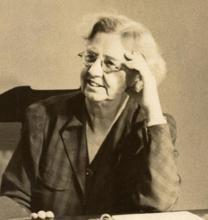
BLOCKS are The Perfect Open-Ended Play Material
(open-ended = no definitive end point, no specific way to play)
The ultimate open-ended material, blocks of all kinds can now be found wherever children are learning and playing. After all, blocks are just pieces of wood until they are in the hands of children. Then, not only are they one of the most powerful tools for early childhood education at home but they can also become anything – literally anything when in the hands of children.

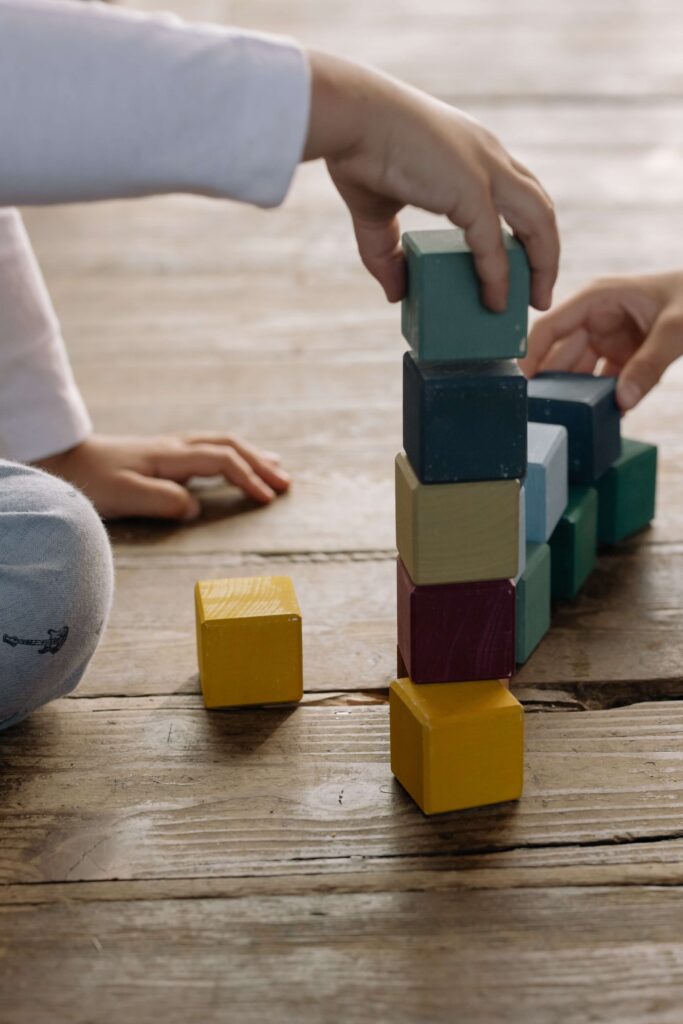
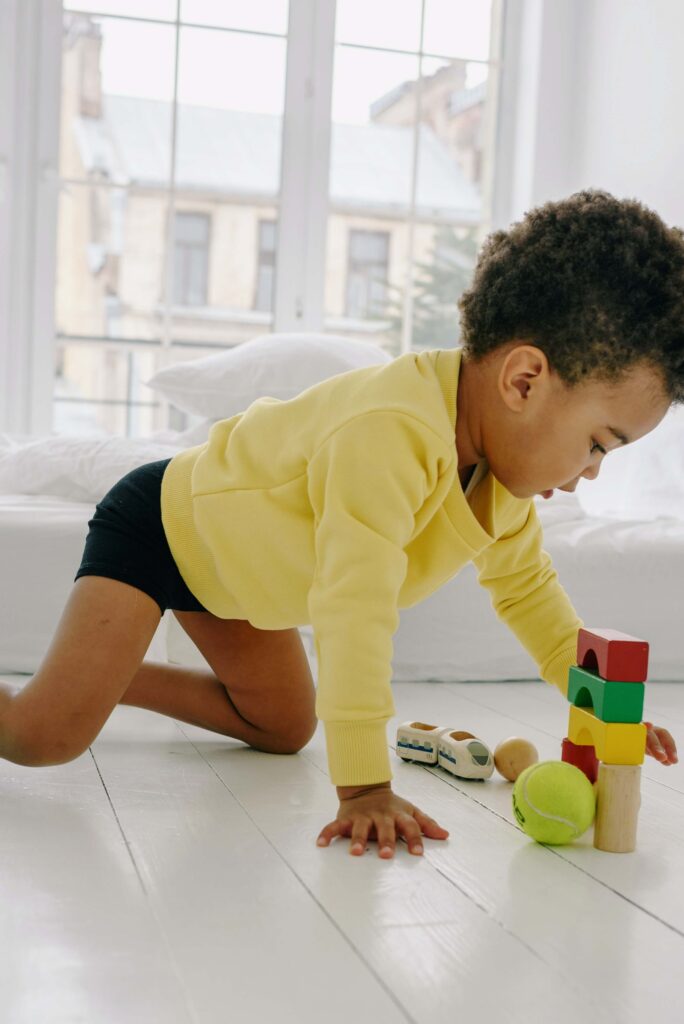
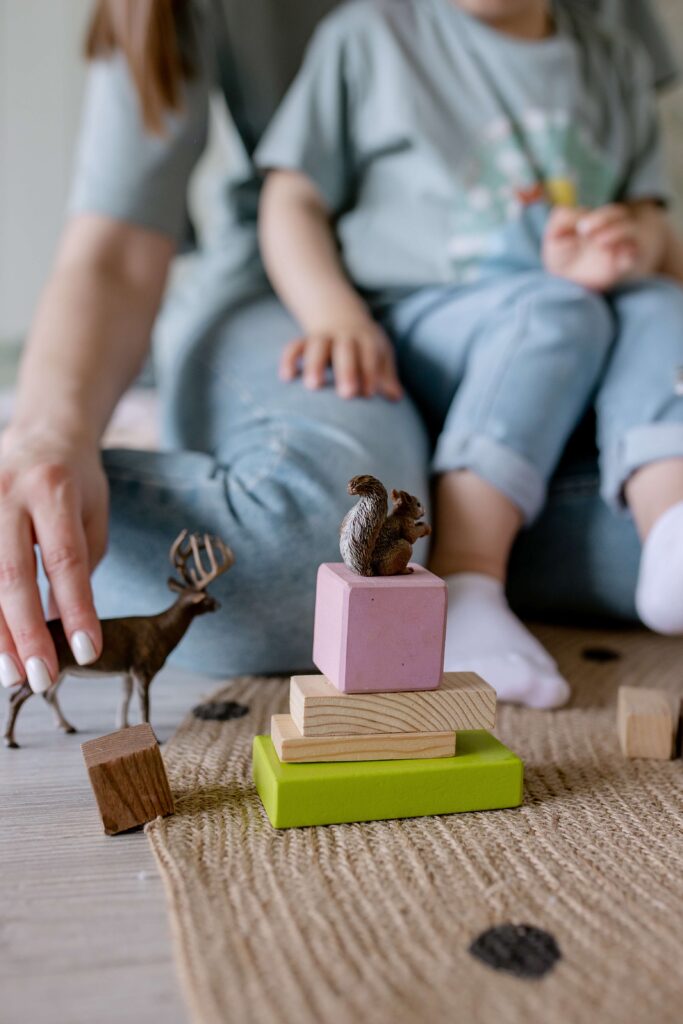
For more about open-ended play, check out this article from Michigan State University.
Block Play Promotes Mathematical & Scientific Learning
Using blocks requires young children to think about pattern, size, shape, sorting, addition, subtraction, properties of motion, cause and effect, matching, and many other fundamental mathematical and scientific skills.
Amazingly, children develop a deep, internal, understanding of these most critical concepts because they are driven to solve problems out of a love for their play. What could be better than that?
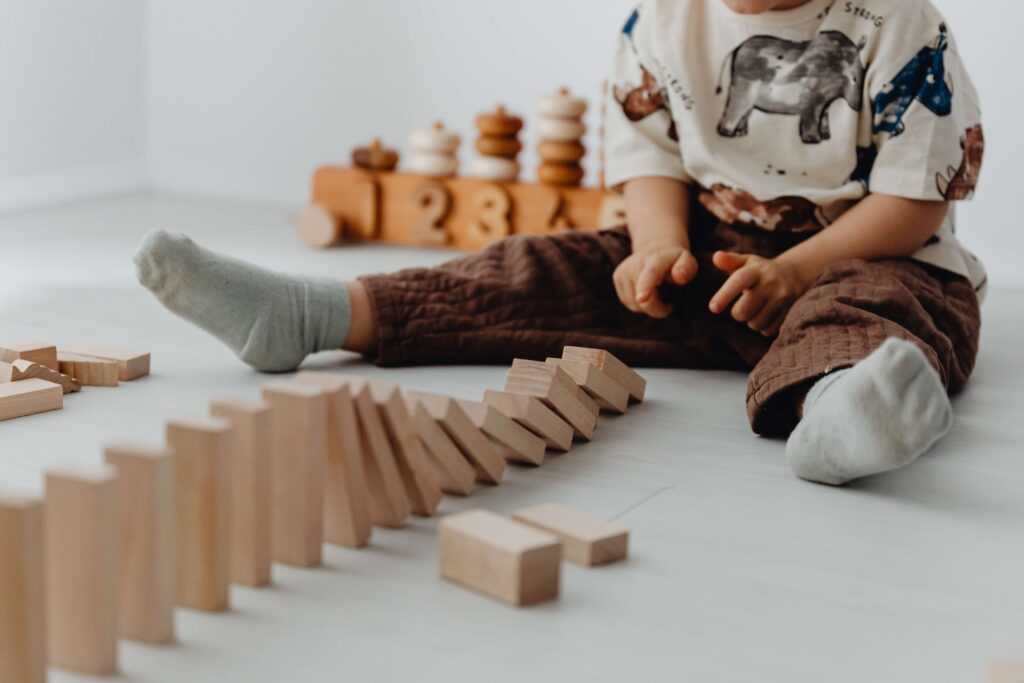
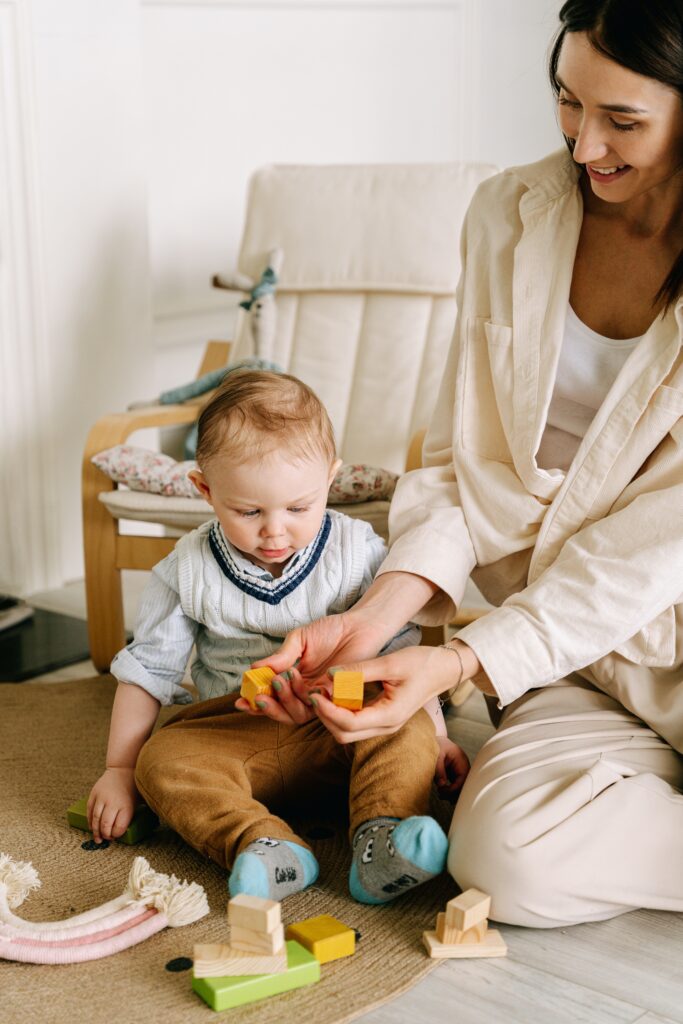
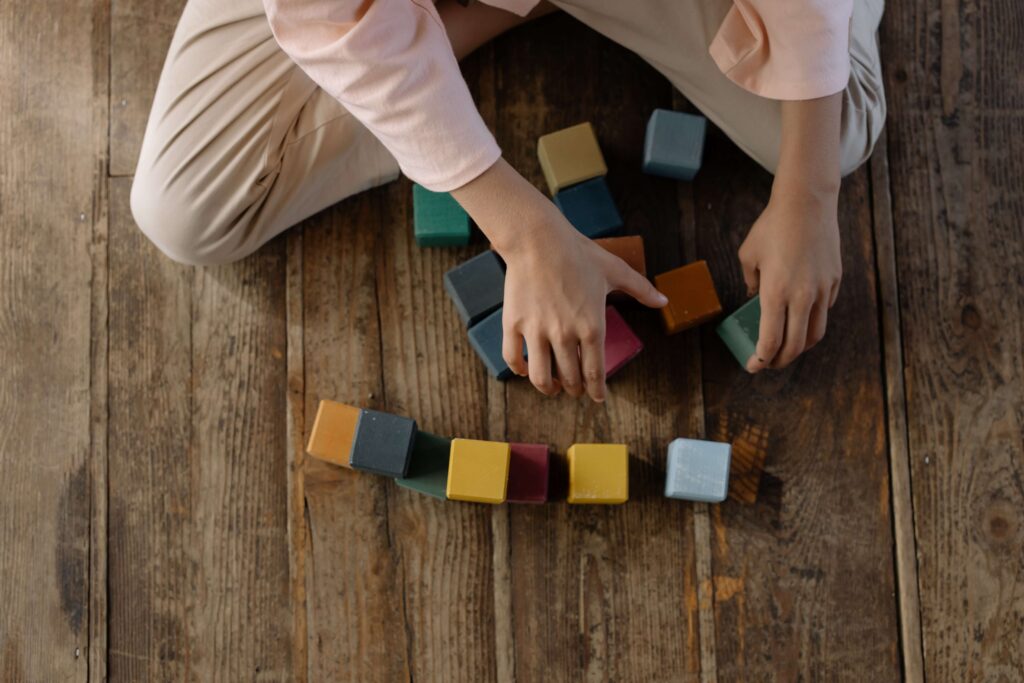
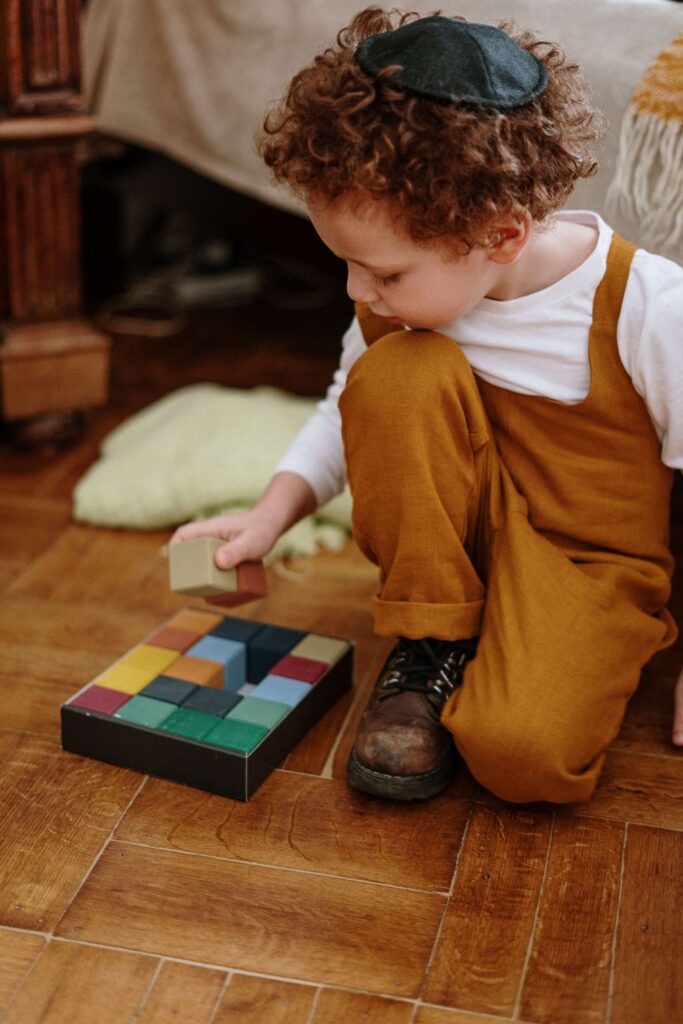
Block Play Promotes Social Practice and Expressive Language Expansion
When young children build with blocks they are constantly required to negotiate – “Do you want this block here?” “May I borrow that shape?” “I don’t want that to go there!” “Help me reach this higher…”
This almost constant back-and-forth communication makes block play the perfect opportunity for children to learn about collaboration, patience, and, of course, friendship.
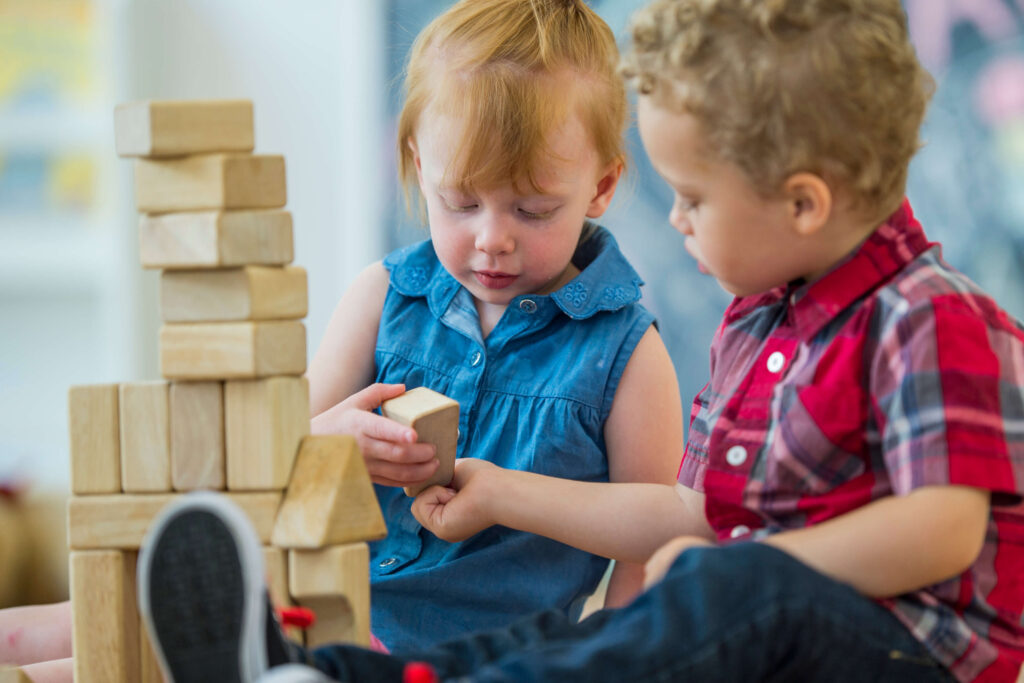
Block Play Promotes Emotional Awareness
Children can recreate their worlds with blocks – re-enacting both happy and challenging experiences. I have seen children build hospitals when a parent is sick, baby beds when they get a new sibling, and even cribs that they then take apart and turn into “big kid beds.”
On a personal note, I was a preschool teacher in New York City during 9/11. After that terrible day, the children in my classroom built and knocked down their towers over and over and over again using other blocks as airplanes. I watched as they did this, confident in the knowledge that they had found a way to work through the terrible time we were all living in, despite being too young to fully understand. Blocks brilliantly provided my students with a way in which to safely explore and experiment with something scary until it eventually felt manageable.
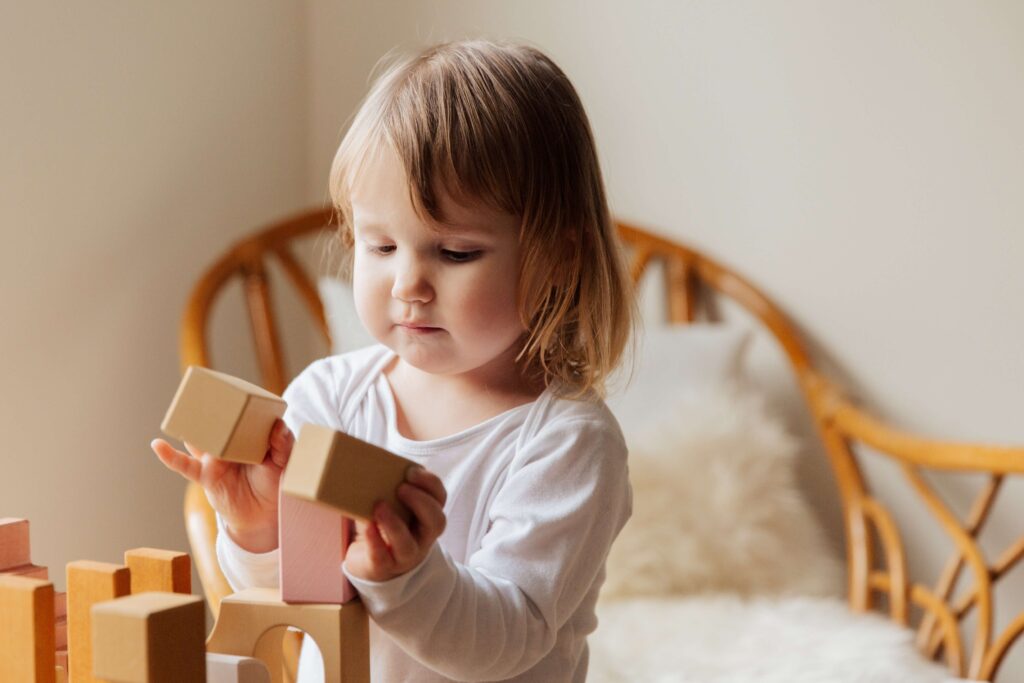
Some Tips for How to Play With Blocks With Your Little One
- Let your little one lead.
- Don’t insist that their built reality matches the reality that you know. Instead, think of blocks as tools with which your little one has the power to create the reality that they need. You are lucky to be able to experience the way that they see the world because they are able to concretize it using blocks. Enjoy the ride!
- Get comfortable with process. Block building involves a lot of failure (e.g. buildings fall down, things don’t look right, etc.). Use these opportunities to encourage resiliency and flexible thinking in your little one. Instead of saying, “Oh no, your building fell!,” say, “I wonder if you can build that back up again?” Or, if something is not working, instead of saying, “That won’t work,” say, “I wonder if there is another way to make what you are trying to do happen? What if you step back for a moment and think about a way to solve this exciting problem.”
- Try leaving your block structures up for a day or two.
- Add in other open-ended materials such as pieces of cloth, carpet squares, etc.
- Try building all by yourself some time! You might discover that it is both harder and more exciting than you thought to use this wonderful material.
RESOURCES:
Basic Unit Blocks – We like the ones from Community Playthings
Colorful Blocks – We like these beautiful blocks from Grimm’s Spiel and Holz
Cardboard Blocks – We like these for giant structures
Hollow Blocks (for toddlers) – We love these to promote a large motor workout with all the benefits of block building

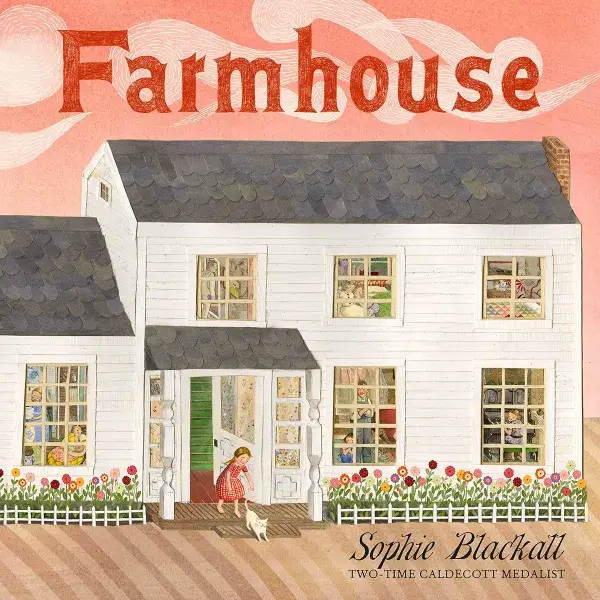
Leave a Reply